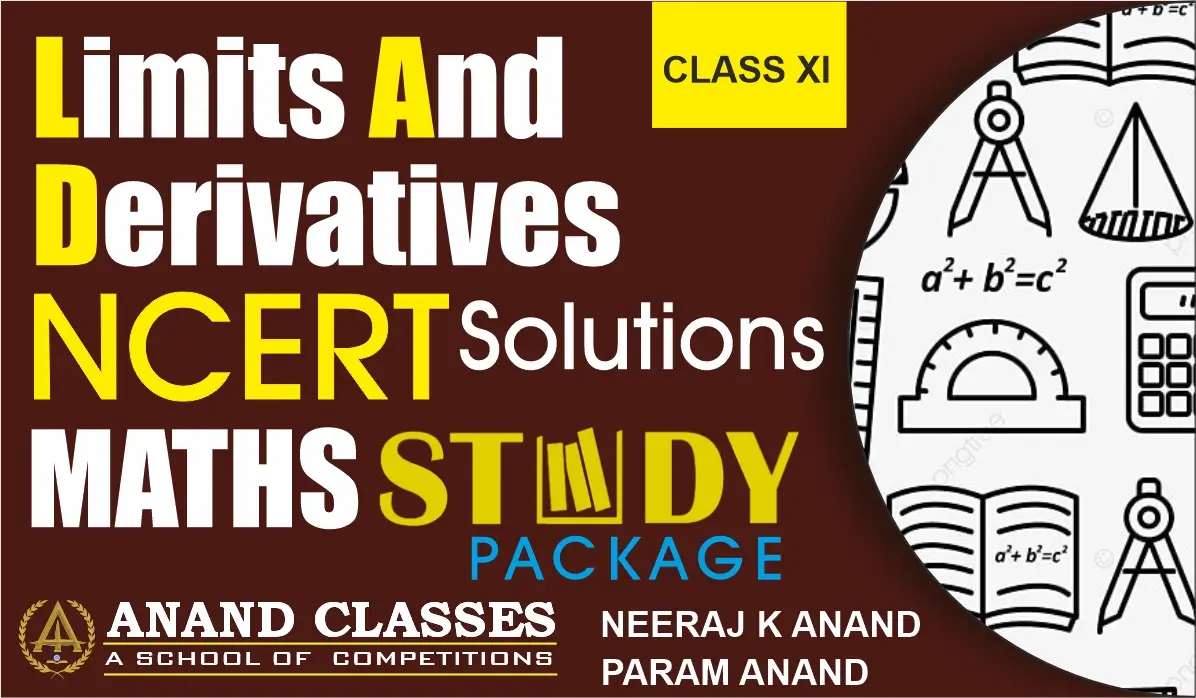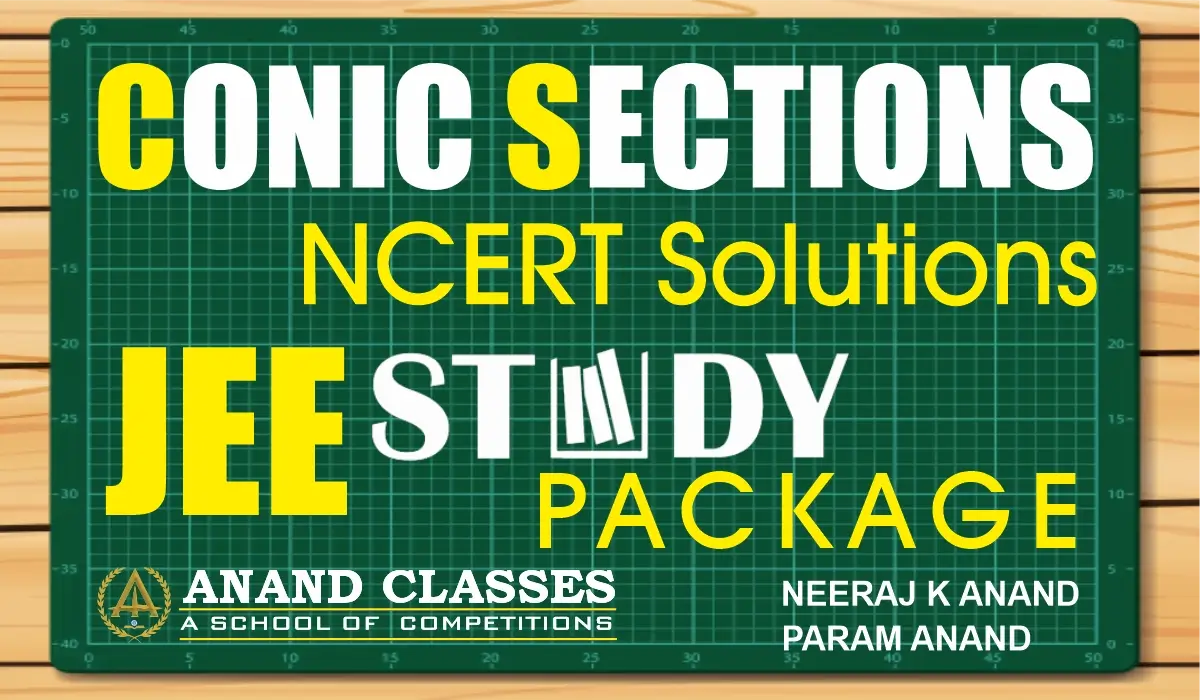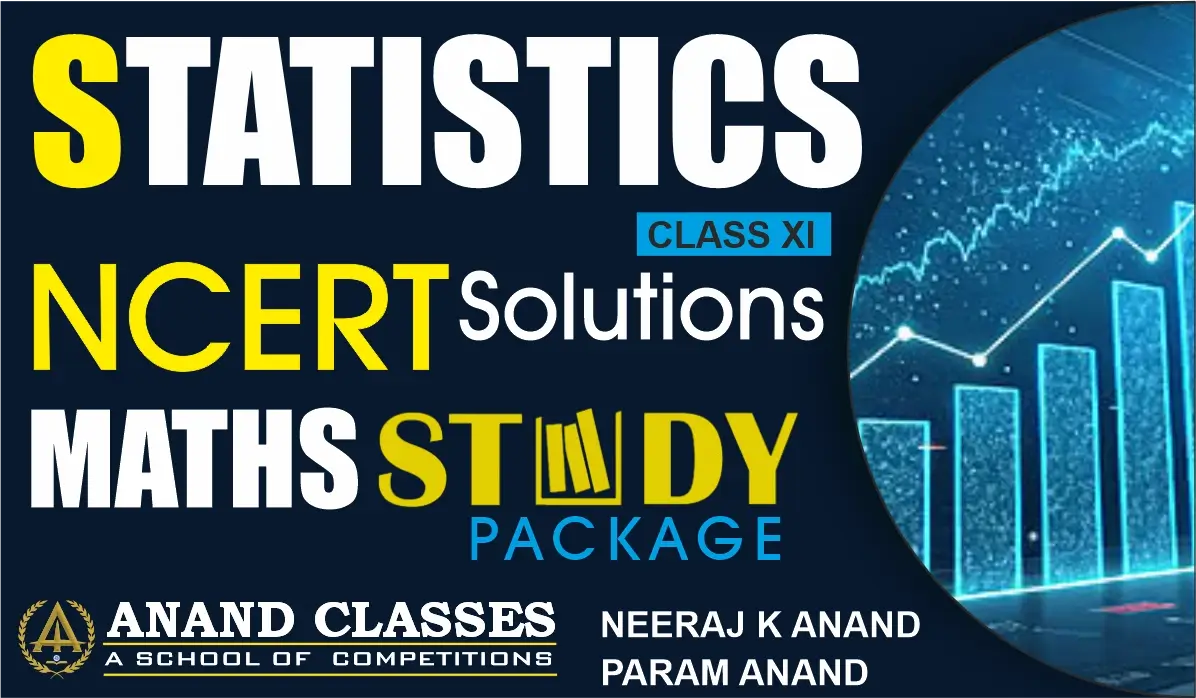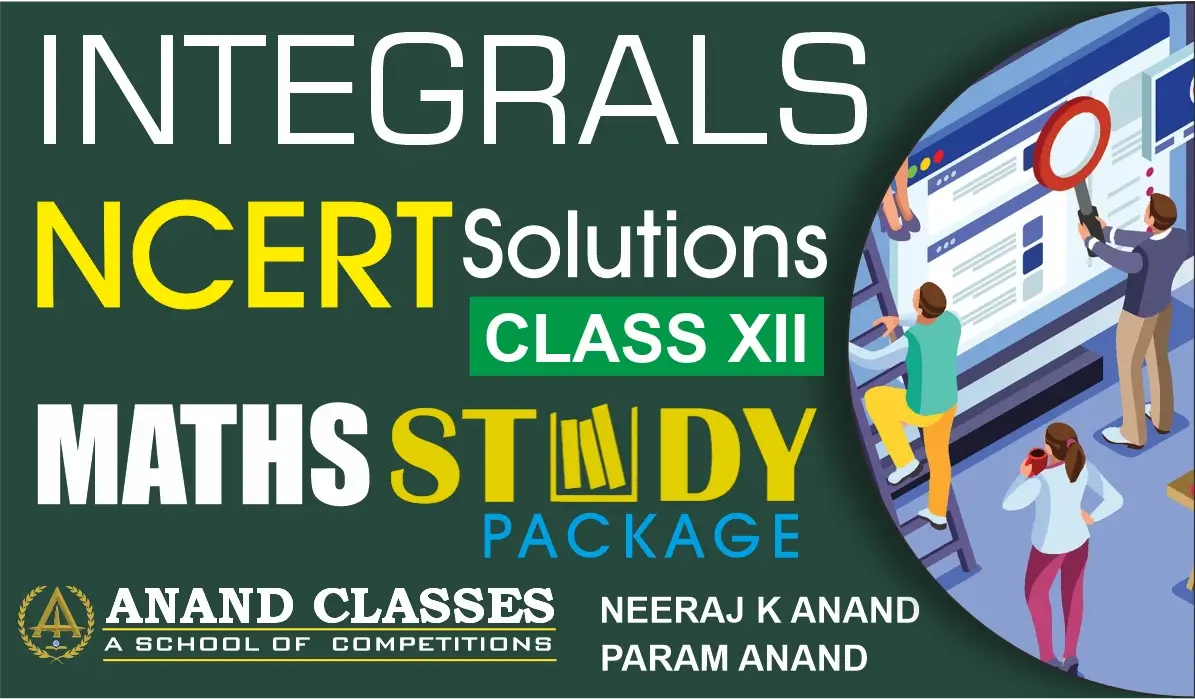NCERT Solutions Limits And Derivatives Exercise 12.2 Class 11 PDF Download (Set-2)
Anand Classes presents comprehensive NCERT Solutions for Limits and Derivatives Exercise 12.2 Class 11 (Set-2) of Chapter 12 in PDF format, carefully prepared to help students understand fundamental calculus concepts with clarity. These step-by-step solutions follow the latest CBSE guidelines and NCERT textbook, making them perfect for Class 11 students aiming to strengthen their mathematical foundation and score high in exams. Each question is solved with detailed explanations to enhance conceptual understanding. Click the print button to download study material and notes.




